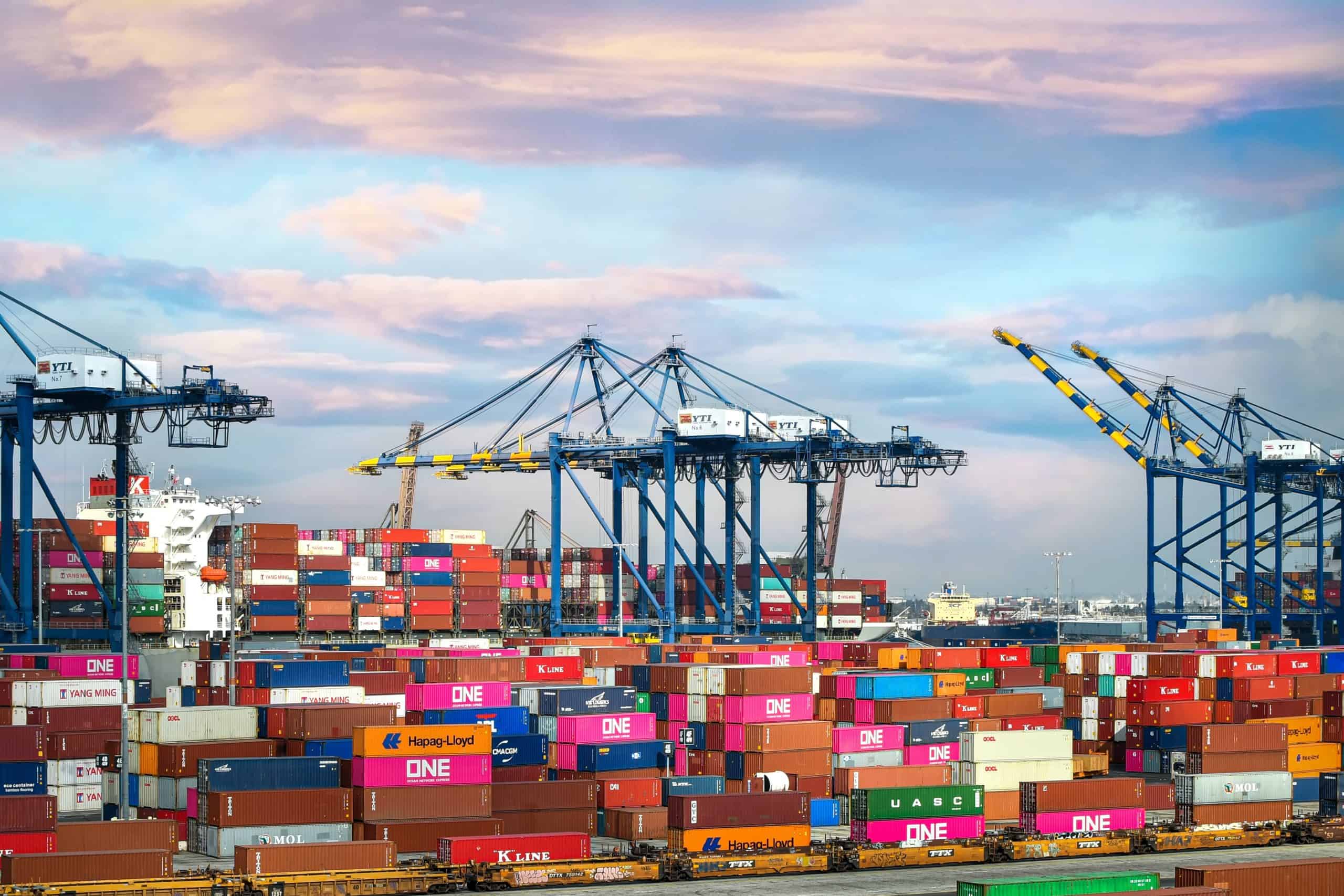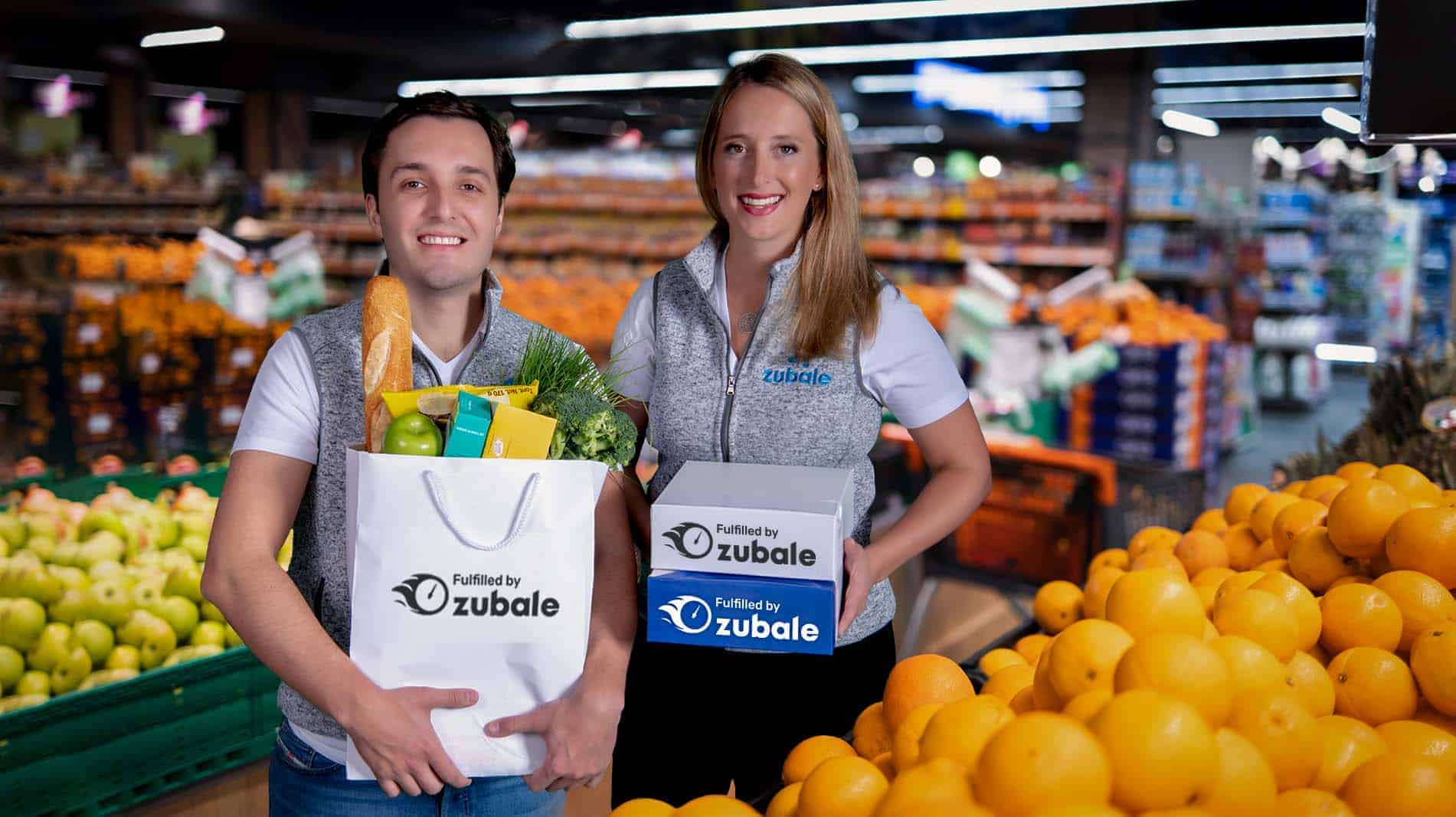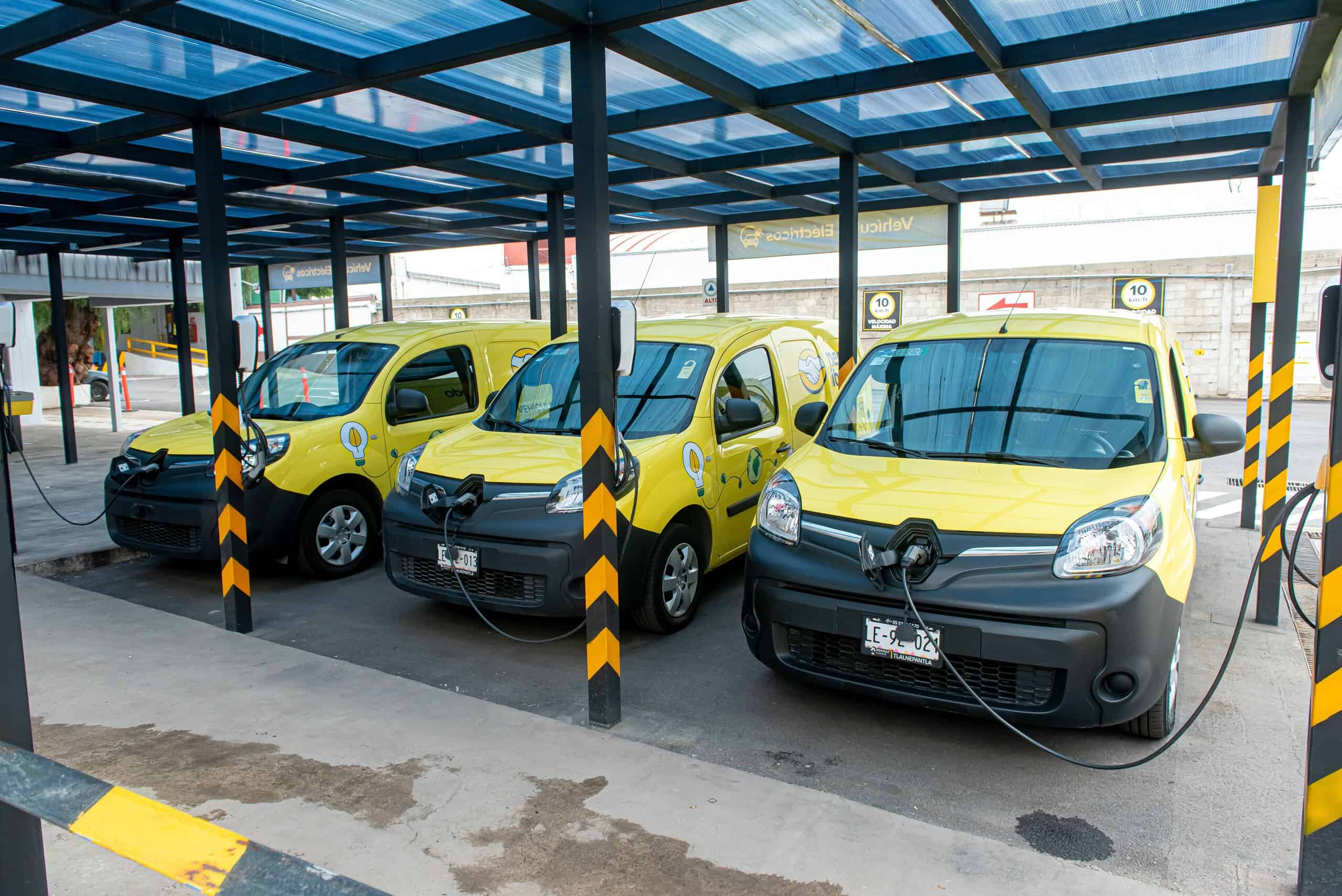*By Alfonso de los Ríos, co-founder and CEO, Nowports
Concerns are already being raised about Latin American economies losing momentum despite strong initial Covid recoveries. When it comes to logistics infrastructure, there was a significant improvement in the past two years. However, it wasn’t enough to close the decades-old disconnects that have plagued the industry and hindered its process.
One example: over 70% of truck drivers in Colombia and Mexico work independently, according to a new report from BNamericas. They also predominantly rely on third-party apps to connect with brokers and customers, opening security gaps as sensitive information is exchanged across a number of platforms. The logistics information also becomes harder to track and streamline.
The divide between the different links in the chain is why logistics prices in Latin America often fluctuate for the same routes, and is, in part, why nearly half of all containers in the region are either delayed or lost. Here’s where I believe logistics in the region should be heading.
Existing bumps along the way
Until recently, the technology hadn’t existed in Latin America to effectively connect drivers, warehouses, and customs. On one side, players struggle to communicate and share data across companies, and consolidate processes.
On the other side, companies in Latin America typically deal with more than 15 different parties to manage their supply chain. On top of that, each freight booking requires roughly 70 emails. That’s a significant amount of time and money spent on just administrative tasks.
Elsewhere, drivers don’t have the tools to confirm the condition and destination of the items, to identify the optimal routes, and to share approximate arrival times. And, because many drivers work autonomously and aren’t subject to inspections, they are sometimes pressured by cargo owners to take more goods than specified to lower costs.
Governments’ journey ahead
Startup investment is booming in the region, and emerging entrepreneurs are getting more recognition and resources, but founders still need government backing to create and champion technology on a mass scale.
For example, the United States has recently launched the Freight Logistics Optimization Works (FLOW), helping improve information sharing between logistics parties, and to ease supply chain congestion caused by the pandemic.
The organization currently has 18 participants from warehouses, ports, and private companies, and could provide a framework for streamlining logistics in Latin America. With a clearer overview of the landscape, its moving parts, and issues, players can build targeted technology to work together more efficiently.
Moving digital capabilities forward with AI and blockchain
Nearly 80% of large companies in Latin America are already using AI in some form, yet only 12% of supply chain professionals around the world use AI.
It’s not like there’s a lack of technology that could work for the logistics industry. Natural Language Processing (NLP, a branch of AI) can automatically fill out forms by detecting from open texts when input fields are present and adding the necessary information from other documents. Parties therefore don’t need to chase one another for details, and senders don’t have to contact customer service.
For instance, the Mexican government’s Servicio de Administración Tributaria (SAT) requires senders to submit the number of products, the value of items, and more – which providers don’t always have to hand. NLP can pull the information from SAT catalogs and automate 90% to 95% of the transactions.
Likewise, the Peruvian government recently launched Proyecto Smart Port, introducing tech like big data, blockchain, IoT, distributed ledger, and machine learning for logistics at Puerto del Callao with the aim of improving productivity, sustainability, and security.
Blockchain can also support more unified logistics by making steps agile and transparent. Multiple players can securely exchange their data, and provide real-time visibility around location and pickups. Because of blockchain’s immutable nature, information cannot be altered without an agreed consensus from all players involved, thus reducing theft and fraud in logistics.
The digitization and automation of processes is set to lower logistics costs by 47% come 2030. Meanwhile, by 2035, AI is expected to increase productivity in global logistics by over 40%.
Home to the Panama Canal and some of the largest coastlines in the Americas, Latin America is well positioned to become a world leader in logistics. But first, it has to embrace the technology that will smooth out existing roadblocks and pave the way to long-term success.
You may also be interested: Nowports closes a US$60m Series B round led by Tiger Global






